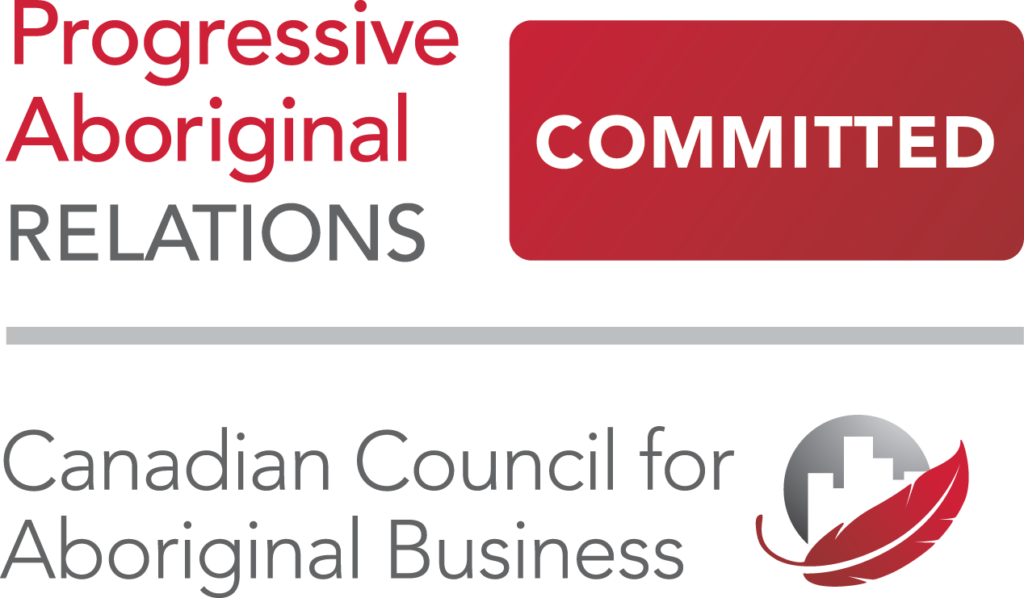It’s easy to make the mistake of thinking that affiliate marketing is just coupon sites and loyalty platforms. The big names in the industry – Ebates/Rakuten, RetailMeNot, Coupons.com, TopCashBack – dominate the mind when one says, ‘affiliate marketing’.
We must also not forget search affiliates, toolbars, site and cart abandonment solutions, mobile publishers, and your brand. However, there are even more publishers, several hundred thousand more, out there that make a living with affiliate marketing. That means they drive significant sales for multiple brands through their sites.
What are these websites, how can you find them, and how can you engage them to work with your brand?
Looking beyond ‘traditional’ affiliates can be daunting and diversifying your affiliate revenue sources is a large undertaking. However, it is extremely rewarding, and therefore most brands contract a network or an agency to help them recruit content sites such as bloggers, social influencers, review sites, YouTubers, and media sites.
The first thing that we need to understand about content affiliates is that not all of them will drive large amounts of revenue. Sure, you can partner with Business Insider or Lady Gaga’s Instagram account and get a million click throughs, but most content sites are not of that calibre. They are ordinary people reviewing and writing about products they love for the benefit of their audience and earning some commission as a bonus. For your content affiliates recruitment strategy to be effective, you need to work with many content sites.
Here are a few tips on how to diversify your partner portfolio with content sites:
1. Work with Sub-Networks
A sub-affiliate network is a company that offers services to bloggers and website owners that can make it easier for them to monetize their blog/website. Therefore, talk to the Skimlinks and FlexOffers of the world! Give them a commission that content sites would be interested in and ask them to help you recruit their best content sites into your program. You can even ask them to disallow any coupon sites, and they will make your program unavailable to them.
On top of that, get into the sub-networks’ preferred/VIP programs. Many sub-affiliate networks have a ‘preferred program’ – a program for their top merchants. Usually they require a certain commission rate, and in exchange, you could be featured in newsletters and on the platform. If you value content partners than this is completely worth doing. It might be the easiest way to get your program in front of many bloggers and influencers who use that sub-network.
2. Work with Influencer Agencies
Influencers are busy people, and usually, once they reach a certain following will ask an agency to manage their merchant relations. Even if they don’t want an agency, they might become part of a group/association of content producers for the industry they are involved in. There are networks designed for fashion bloggers, associations of travel content writers, agencies that manage pet influencers (and I mean actual dogs and cats, not people!), and more.
You’d be surprised by how fast things start moving when you talk to a centralized organization versus individual influencers.
3. Provide Content Support
One mistake that many advertisers make is treating content sites similarly to other types of affiliates – they forget the keyword ‘content’. When working with bloggers, social influencers, YouTubers, review sites, etc., you need to be patient and remember that these people need to create the content for it to be effective marketing for you.
Something you can do to support them is provide ‘ready-to-post’ content, fresh seasonal links and banners, as well as making all your creatives readily available. Have a YouTube channel where they can grab a video about your product and embed it to their blog post? Perfect – tell them that! Have a great new product coming out and already got those photoshoot photos? Great – send them to your affiliate! Your partner will really appreciate you trying to make their lives easier and, in turn, get them promoting faster and most likely more.
4. Be flexible on Your Commission
If you’ve tried to recruit content sites into your affiliate program before, you probably know that not all of them are fans of affiliate marketing. This is because most content sites live in the ‘discovery’ stage of product/service purchases. This means that they rarely get the commission for their work since most programs are set up with a last-click attribution model.
Try negotiating with your content partners – give them a higher commission, set them up to be a preferred partner (so that they receive a commission when they touch the conversion, anywhere in the path), or agree to a hybrid partnership (pay them a little flat fee upfront and the rest in commissions, based on performance). There are many options here, so get creative!
If you’re really looking to sky-rocket your content site performance, consider switching to a first-click attribution model.
With these tips, think about what your program goals are, see if/where content sites fit in, and talk to your affiliate management team/agency about how to incorporate them into your strategy. You can only go so far with the traditional partners of the affiliate world. Aim for true success with a diversified portfolio and tap into a market that has a wide range of opportunities.
For more information regarding Diversified Recruitment and tips on how to run a well-rounded affiliate program, contact us today!
Click here to learn more about the type of partners out there to diversify and get better results.










